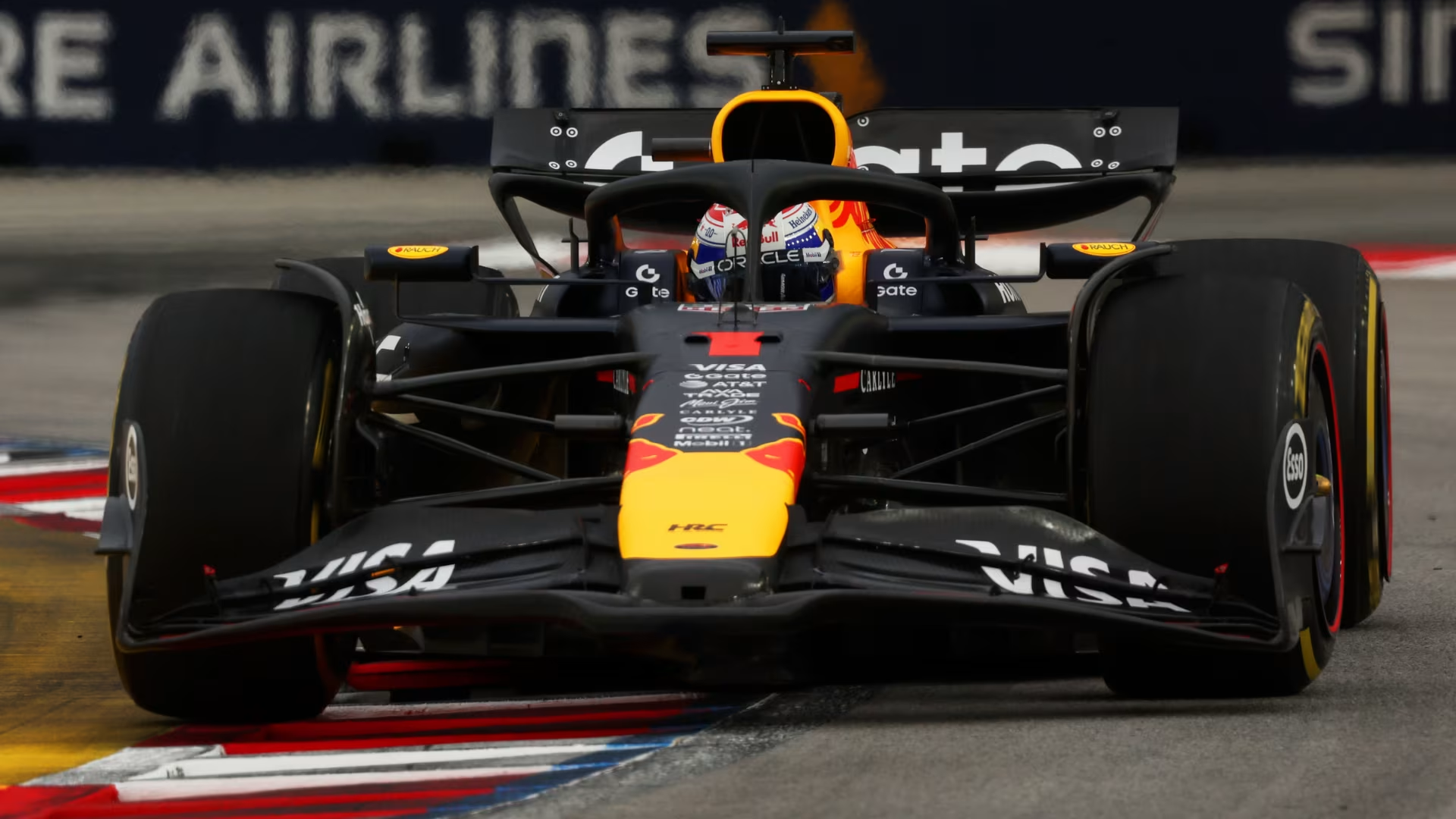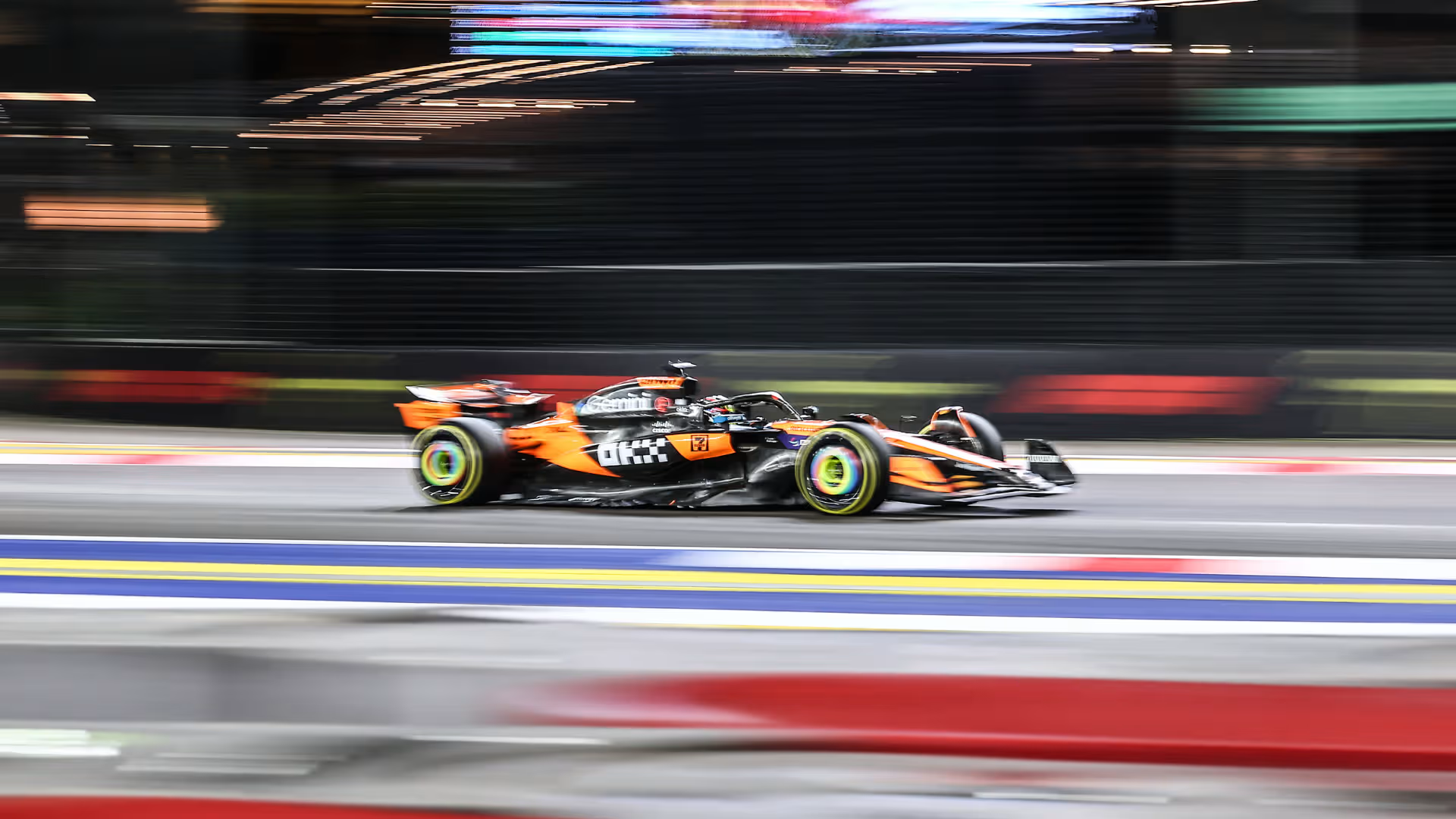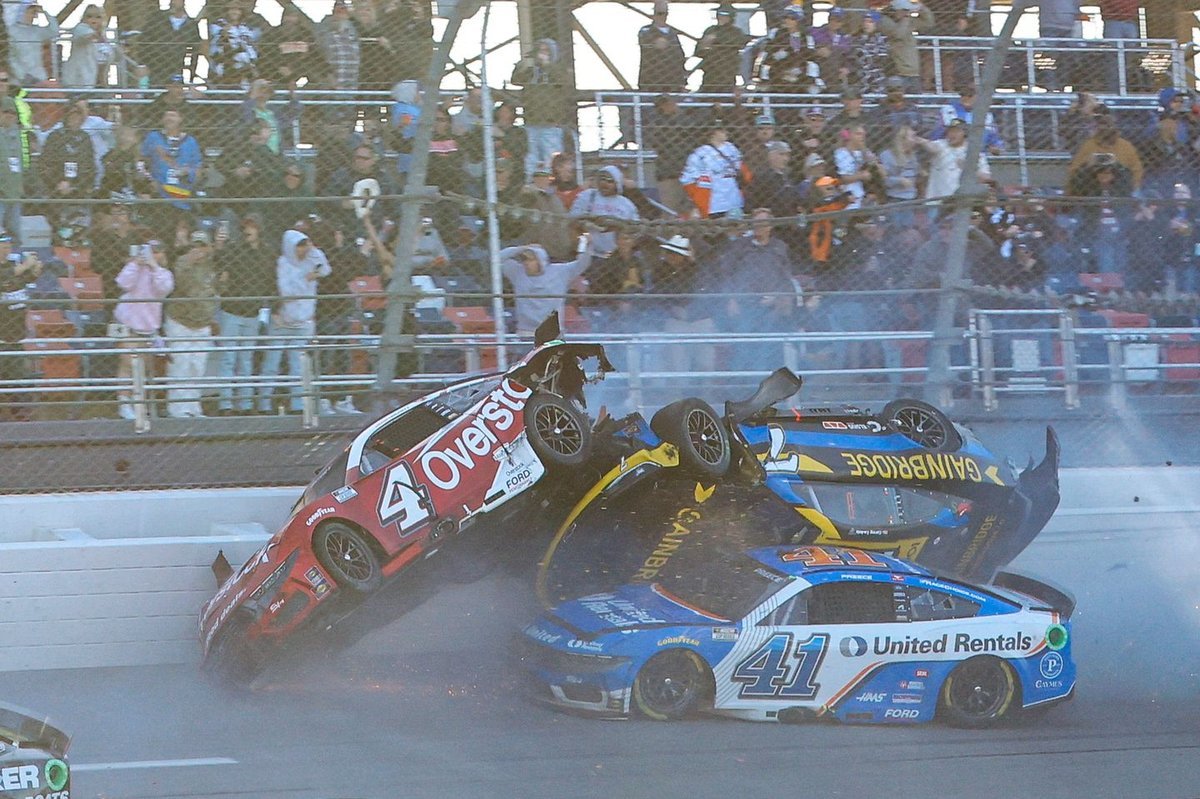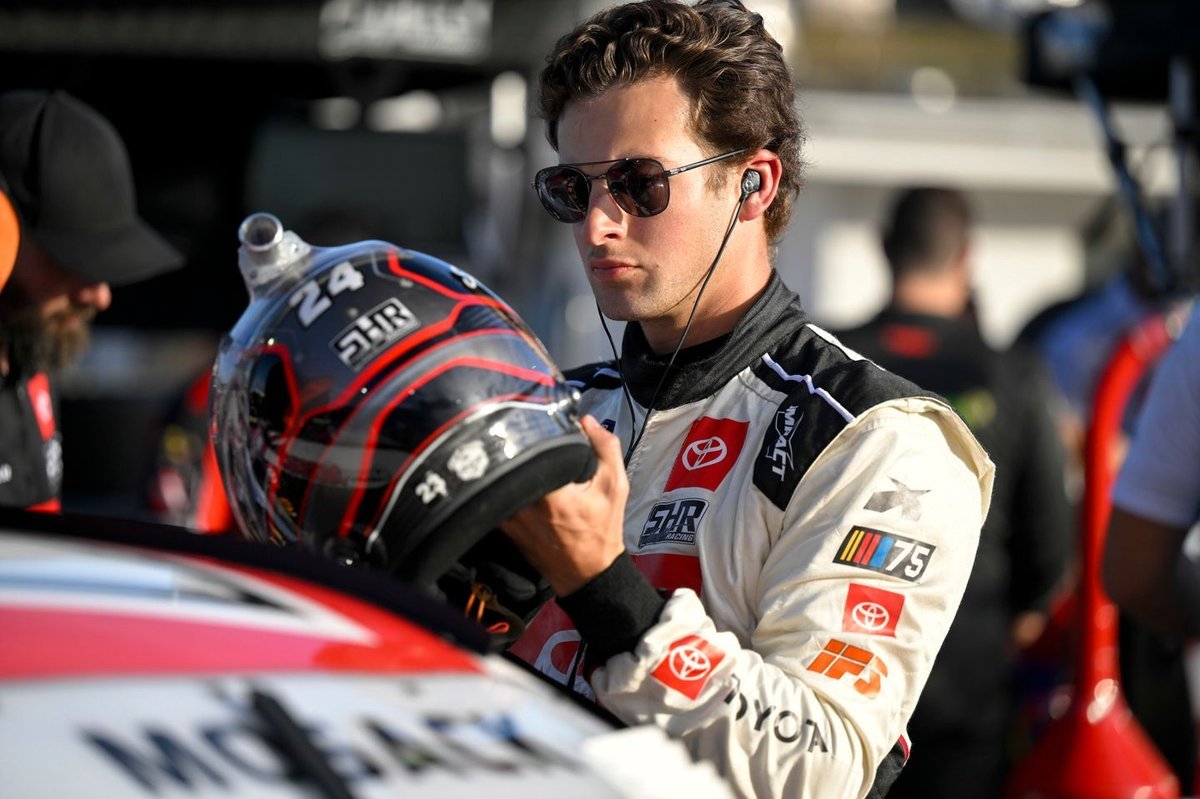
In the high-octane world of motorsport, every decision, every maneuver, and every regulation carries significant weight. A recent incident involving Formula 2 driver Kush Maini during the Australian Grand Prix weekend has brought the intricacies of racing regulations into the spotlight. This article delves into the circumstances surrounding Maini’s grid penalty, exploring the events leading up to the sanction, the specifics of the penalty, and its broader implications for the driver and his team.
Table of Contents
| Sr# | Headings |
|---|---|
| 1 | Introduction |
| 2 | Background on Kush Maini |
| 3 | Overview of the Australian Grand Prix |
| 4 | The Incident Leading to the Penalty |
| 5 | Details of the Grid Penalty |
| 6 | Impact on Race Strategy |
| 7 | Consequences for Championship Standings |
| 8 | Team Dynamics and Morale |
| 9 | Understanding Grid Penalties in Motorsport |
| 10 | Common Infractions Leading to Penalties |
| 11 | Historical Precedents of Similar Penalties |
| 12 | Reactions from the Motorsport Community |
| 13 | Lessons Learned and Future Implications |
| 14 | Conclusion |
| 15 | FAQs |
Background on Kush Maini
Kush Maini, an emerging talent from India, has been making waves in the motorsport arena. His journey through the ranks has been marked by determination and skill, leading him to compete in the highly competitive Formula 2 Championship. Recently, Maini’s prowess was recognized with a promotion to the role of reserve driver for the Alpine Formula 1 team, a testament to his potential and the promise he holds for the future.
Overview of the Australian Grand Prix
The Australian Grand Prix, held at the iconic Melbourne Grand Prix Circuit, is a highlight in the motorsport calendar. Known for its challenging layout that weaves through the picturesque Albert Park, the circuit demands precision and strategy from drivers. For many, it’s not just a race but a test of adaptability and skill, setting the tone for the season ahead.
The Incident Leading to the Penalty
During the qualifying session at the Yas Marina Circuit, which preceded the Australian Grand Prix, Maini was involved in an incident that caught the stewards’ attention. Specifically, he was found to have impeded another driver, Jak Crawford, at Turn 16. This obstruction was deemed unnecessary and a breach of the sporting regulations, leading to an investigation and subsequent penalty.
Details of the Grid Penalty
As a consequence of the infraction, the stewards imposed a three-place grid penalty on Maini. This meant that regardless of his qualifying position at the Australian Grand Prix, he would start the race three positions lower on the grid. Grid penalties are standard disciplinary measures in motorsport, aiming to maintain fairness and deter drivers from actions that could unfairly disadvantage others.
Impact on Race Strategy
Starting from a lower grid position necessitates significant adjustments in race strategy. Overtaking in Formula 2 can be particularly challenging due to the competitiveness of the field and the nature of the circuits. Drivers and teams must recalibrate their approach, focusing on tire management, pit stop strategies, and identifying overtaking opportunities to mitigate the setback.
Consequences for Championship Standings
In the tightly contested world of Formula 2, every point counts. A compromised starting position can hinder a driver’s ability to secure valuable points, potentially impacting their overall standing in the championship. Consistency is key, and any disruption can have ripple effects as the season progresses.
Team Dynamics and Morale
Teams invest significant resources in preparing for each race. Penalties not only affect the driver’s morale but can also influence the team’s operational dynamics and strategic decisions. It’s akin to a well-oiled machine encountering an unexpected glitch; adjustments are required to ensure optimal performance continues.
Understanding Grid Penalties in Motorsport
Grid penalties serve as deterrents against unsporting behavior and ensure that all competitors adhere to established regulations. They are essential tools to maintain the integrity of the sport, ensuring that no driver gains an unfair advantage.
Common Infractions Leading to Penalties
Several actions can lead to grid penalties, including:
- Impediment During Qualifying: Obstructing another driver’s fast lap can severely affect their qualifying performance.
- Technical Irregularities: Non-compliance with technical regulations, such as car dimensions or weight specifications, can result in penalties or disqualification.
- Unsafe Driving Practices: Actions deemed dangerous or reckless, either during qualifying or the race, can attract penalties to ensure the safety of all participants.
Historical Precedents of Similar Penalties
Grid penalties are not uncommon in motorsport. For instance, during the 2017 Sakhir Formula 2 round, drivers Antonio Fuoco and Gustav Malja received grid penalties for impeding another driver and causing a collision, respectively.
en.wikipedia.orgSuch precedents highlight the sport’s commitment to enforcing regulations consistently.
Reactions from the Motorsport Community
The motorsport community often has varied reactions to penalties. While some view them as necessary for maintaining fairness, others believe they can be subjective. In Maini’s case, discussions have emerged regarding the consistency of penalties and their impact on a driver’s career trajectory.
Lessons Learned and Future Implications
For Maini and his team, this incident serves as a learning opportunity. It underscores the importance of situational awareness during qualifying sessions and adhering strictly to regulations. Moving forward, such experiences can shape a driver’s approach, making them more meticulous and strategic












